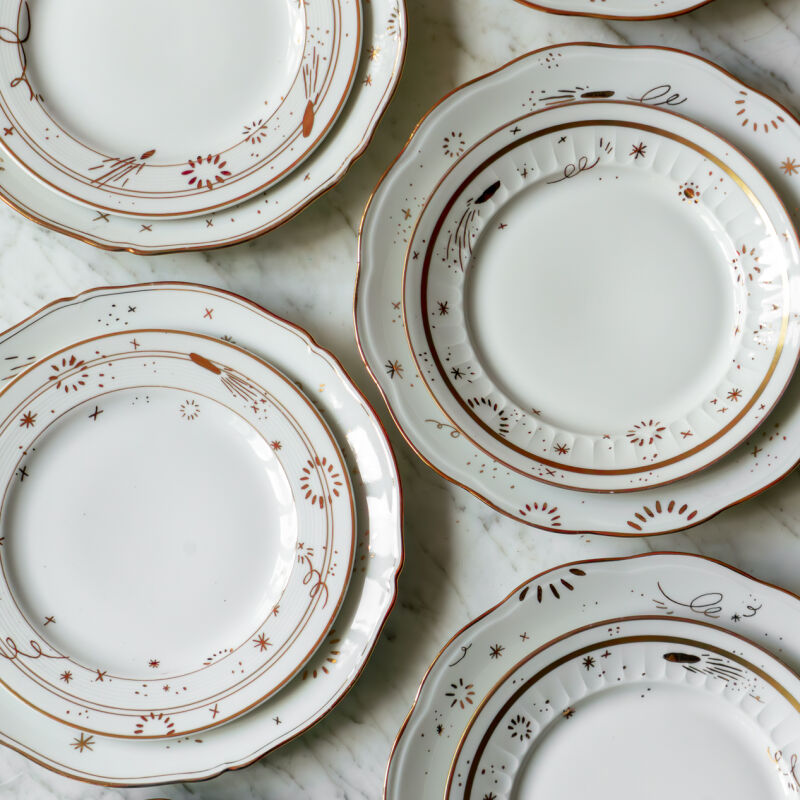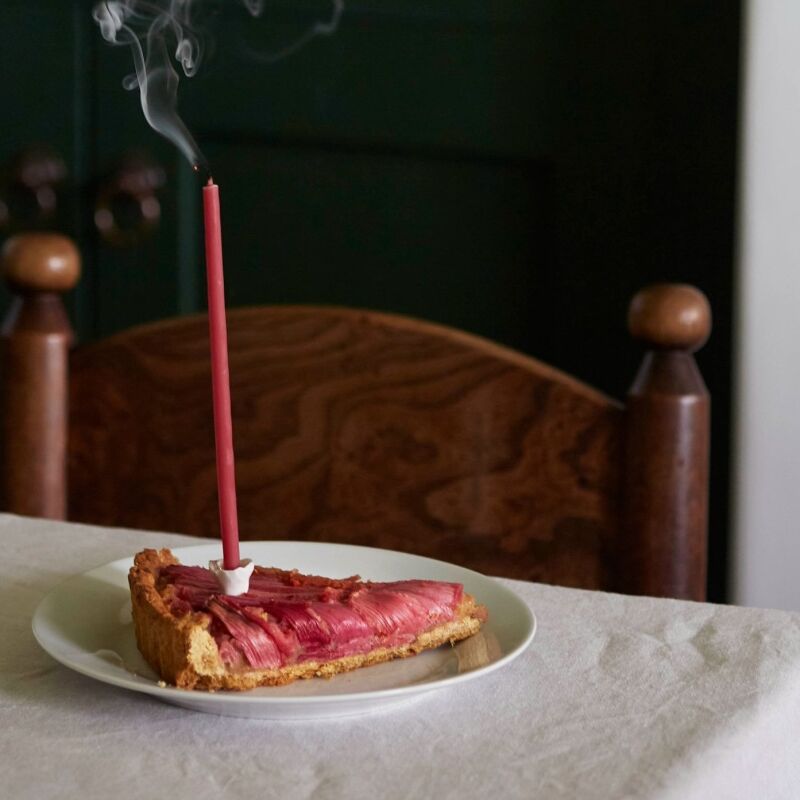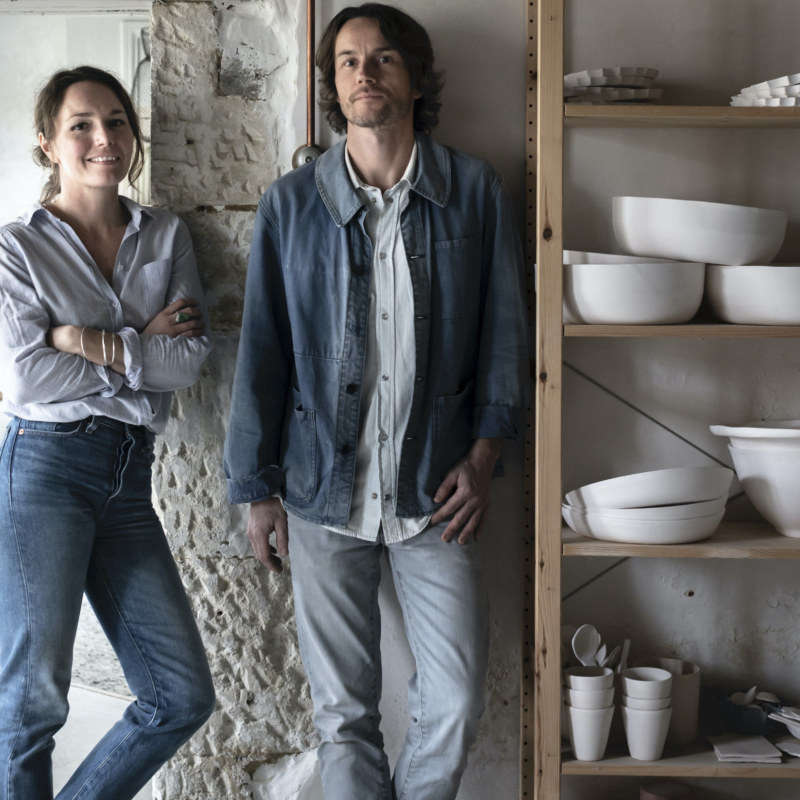My husband and I are collectors of curiosities, in particular art, books, ceramics, well, pretty much any rare attractive object we happen to come by. On a recent trip to a neighborhood estate sale, we were both intrigued by a ceramic funnel majestically sitting on a shelf in a hidden corner. We looked at each other and reached for it simultaneously (after all, we do share the same birthday and birth year). We bought it instantly, mainly because of its beautiful shape, but also because it reminded me of my childhood home in Sweden. My Mom, now a retired chemist, filled our house with laboratory vessels, beakers, and scales, repurposing them into utilitarian things for everyday use.
Come to find that our new beloved funnel, labeled Coors USA, was made by family-owned Coors Porcelain Company (yes, related to the Coors Brewing Company of Colorado). The company, which dates back to the 1920s, still produces laboratory ceramics from its original location outside of Denver. A collection of classic Coors wares was part of a recent MoMA exhibition in New York, and pieces are on display at the Denver Art Museum.
Coors’ lab porcelain can be purchased via Coors Tek Company, select retailers, and by searching Etsy and Ebay, where the designs are generally more affordable and you can find vintage examples.
Photography by Izabella Simmons for Remodelista.

Above: Our new prized possession, the Coors Funnel, has taken center stage on our kitchen shelves.

Above: By the 1930s, the Coors Porcelain Company was one of the world’s largest producers of chemical porcelain, a material developed from experimentation with silicate compounds.

Above: The porcelain is heat and scratch resistant, making the pieces well suited for both industrial and domestic use.

Above: The Funnel is glazed inside and out, except for the rim.

Above: My favorite feature: the perforated holes.

Above: Swedes must think alike–children’s clothing designer Dagmar Daley, whose long and lean SF galley kitchen is featured in our book Remodelista: A Manual for the Considered Home, is also a Coors porcelain fan. Her collection, displayed on her walnut open shelf, can be seen on page 197.
Daley and her husband, Zak Conway, designed a hidden home office in their living room, where more of her collections are on view: have a look at The Disappearing Home Office. On the lookout for unusual ceramics and other tableware? See all our Ceramics and Tabletop posts.






Have a Question or Comment About This Post?
Join the conversation